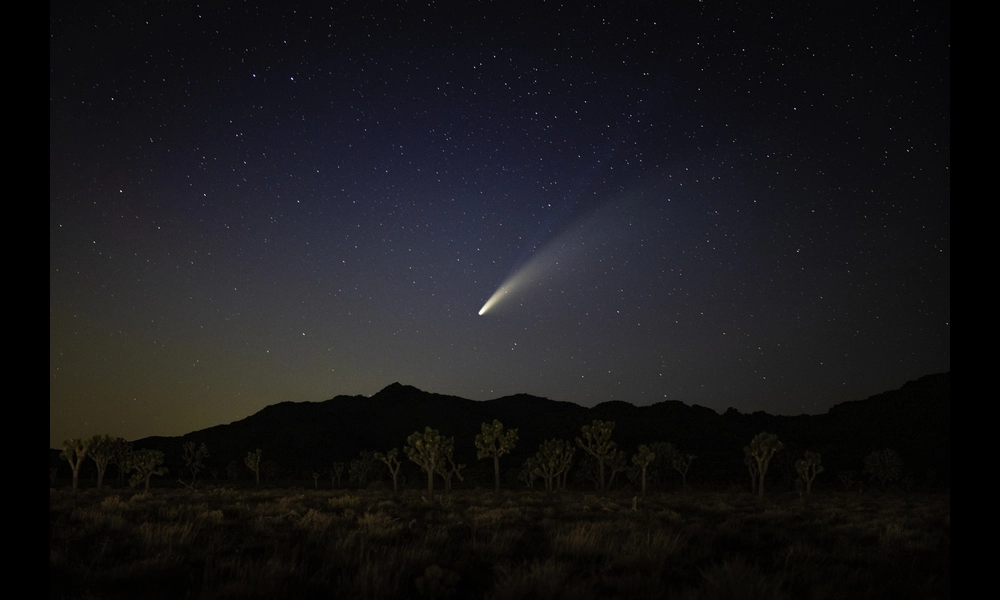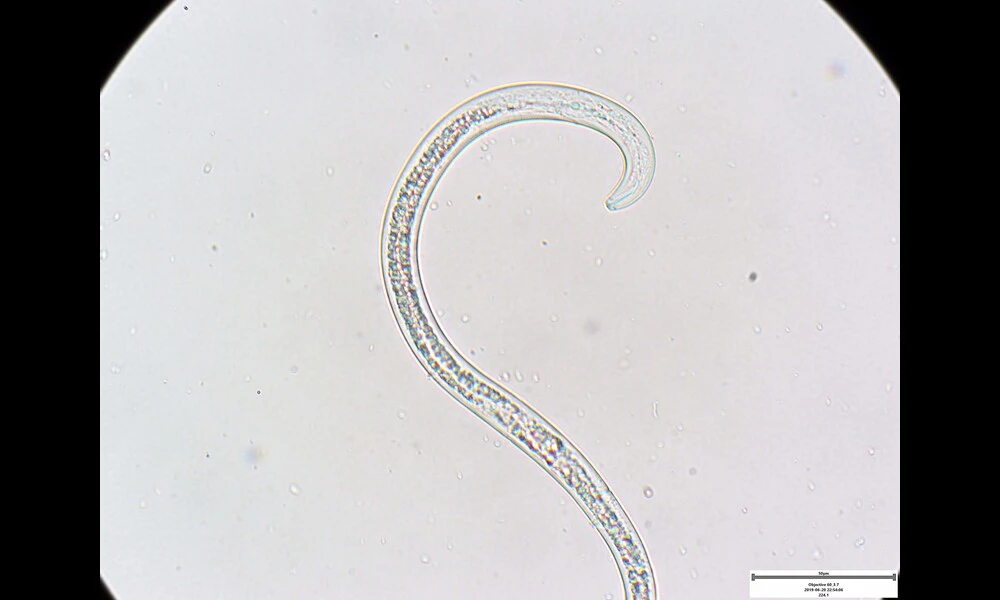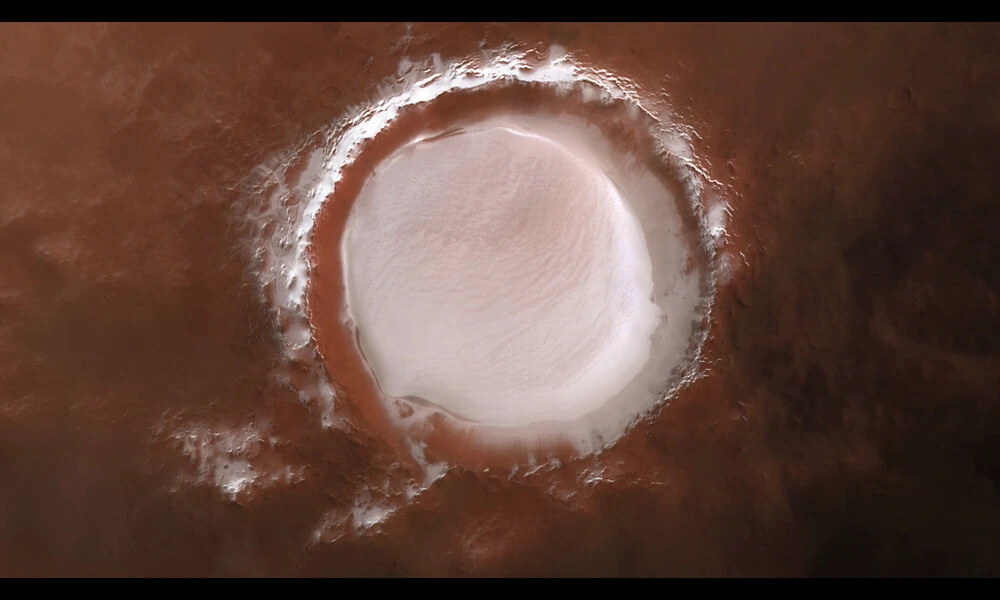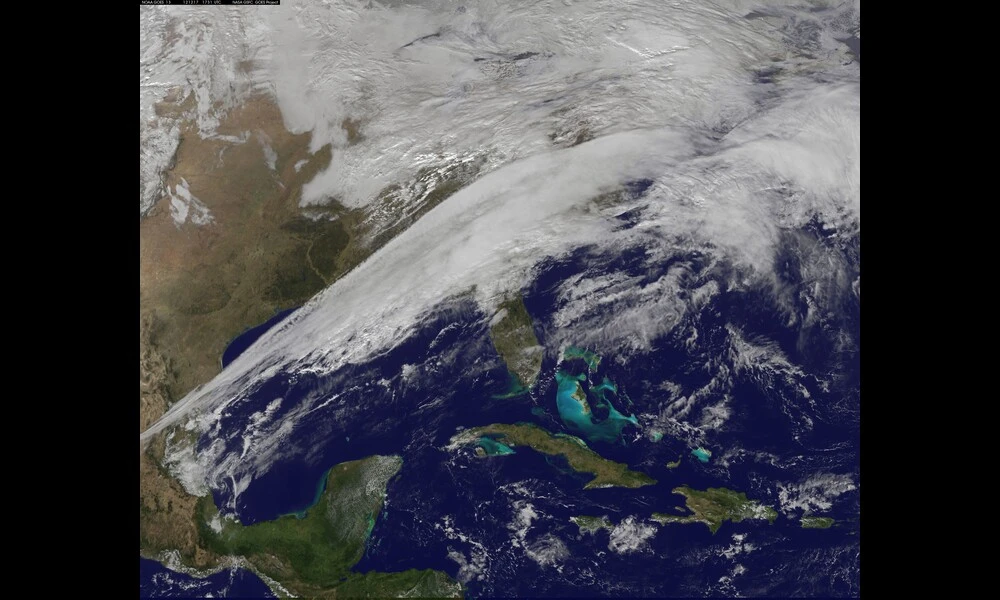Organic Molecules Formed in Oort Cloud Comets: Ingredients for Early Life?
Published on Tue Jan 09 2024 Comet NEOWISE over Queen Valley | Joshua Tree National Park on Flickr
Comet NEOWISE over Queen Valley | Joshua Tree National Park on FlickrIn the outer reaches of our solar system, cosmic snowballs known as Oort cloud comets are the frozen custodians of the ancient materials from which our solar system was formed. These celestial objects, frozen in time, are home to a cocktail of organic molecules — the building blocks of life as we know it. But where do these molecules come from? A groundbreaking study has now untangled the mysterious origins of these organic compounds, suggesting that some of them are actually formed right in the comets' atmospheres, or comae. This revelation not only deepens our understanding of cometary chemistry but also throws open a window into the processes that may have seeded life on early Earth.
The research, hailing from a collaboration using the multifluid chemical-hydrodynamical model and an updated chemical database, has meticulously charted the birth of various organic molecules within the gossamer shrouds of four significant Oort cloud comets. The data underscores a key finding: the abundances of these molecules can swing dramatically from one comet to another, influenced by factors such as temperature and the initial mix of reactant chemicals. Intriguingly, even the simplest amino acid glycine was on the radar — painting a vivid picture of a dynamic, reactive environment in the cometary coma, contrary to the old belief that all organics are simply released from the ice in the nucleus.
The study raises tantalizing questions about the ease of detecting these molecules. For instance, two molecules, Cyanoacetylene (HC3N) and Formamide (NH2CHO), showed production rates high enough to be captured by in-situ measurements and potentially even from Earth. The existence of these and other organic molecules as mere cometary bystanders versus active chemical participants in the gas-phase reactions is a puzzle piece crucial to assembling the grander cosmic picture of organic synthesis.
What does this mean for us? It opens up a new perspective on how organic substances, potentially even those critical for the birth of life, are brewed in the cosmic cauldron of the solar system. Some of these organics could even be interstellar travelers, predating the sun itself. As we continue to probe cometary comae, each molecule we detect or miss tells a story of the prebiotic chemistry that predated us, and perhaps offers a clue to how life's raw ingredients were sprinkled across the early Earth. With more observations and advanced models, we edge closer to understanding the primordial processes that may very well have been the genesis of life as we know it.



